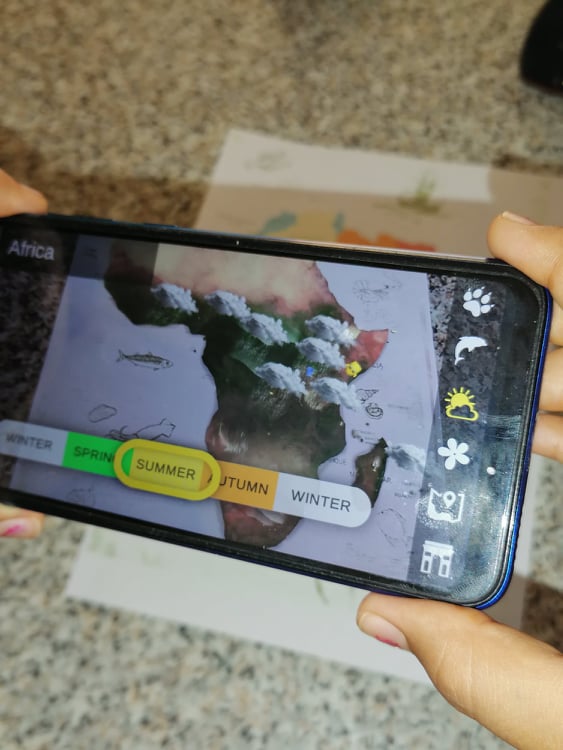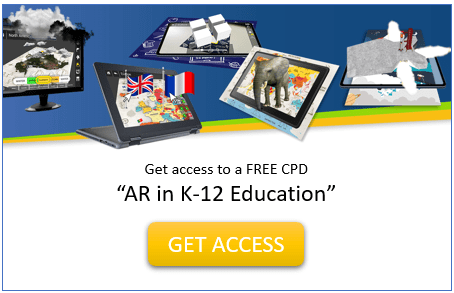Reading time: 4 minutes

Educator
Being an educator has never been an easy task. Educators in the 21st century must fulfil many roles such as organizers, creators, assessors, supporters, and much, much more.
In addition, schools are experiencing a strong influx of new students as the global population increases in size. In fact, by 2025 it is estimated that 2 billion [30%] of the global population will be made up by the youngest generation: “Generation Alpha”, children born between 2010 and 2025. These young adults are and will use technology as part of their daily life, without ever questioning it. For these reasons it becomes clear that teachers are in need of tools to connect with students and provide meaningful experiences, modernizing the learning process.
Let’s look at more evidence pointing towards a wide adoption of AR & VR in schools, in the near future:
1) Students want it!
Studies show that students are extremely interested in using AR & VR tools in class. In this study 97% of students voted that they would attend a class where this tech is used.
2) International interest and investment is rising quickly…
The Augmented Reality market will grow and be worth $60 billion by 2023, according to research firm Markets and Markets. Additionally, the education industry is expected to be the 4th largest sector investing in AR/VR.
3) Attention spans are decreasing with time.
The US Centre for Disease Control and Prevention reported that diagnoses of ADHD among K-12 schoolers are continuing to rise, with over 5.7 million children currently being diagnosed. Moreover, kids born in the 21st century are continuously exposed to stimulations while online, which contributes to the rapid decrease of their attention span.
VR & AR can help students concentrate as the tool is right in front of their nose [or on their head] and is built with the purpose of engagement. This tech is transforming lectures, books, and exercises into more immersive and interactive experiences, capturing student’s attention while helping them better remember what they’ve learnt.
4) AR & VR will help students build 21st century skills.
According to the world economic forum, these are the skills that will be most needed for the foreseeable future:
- Ability to innovate is possible if you inspire kids from an early age,
- Active learning, due to quick & constant global changes,
- Complex problem solving,
- Leadership and social influence,
- Technology expertise, which requires a hands-on approach from an early age.
If you have followed so far, it is clear to you how AR/VR will play a part in building these necessary skills.
Ignite your interest in the potential of AR for education and don’t stop here! Continue your explorative journey by trying out the best Augmented Reality resources for teaching here: https://augmented-classroom.com/
Feel free to reach out to us and share your feedback and opinions. We can create a better future together!

